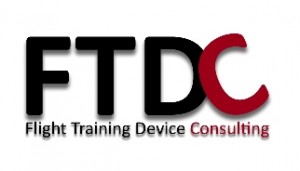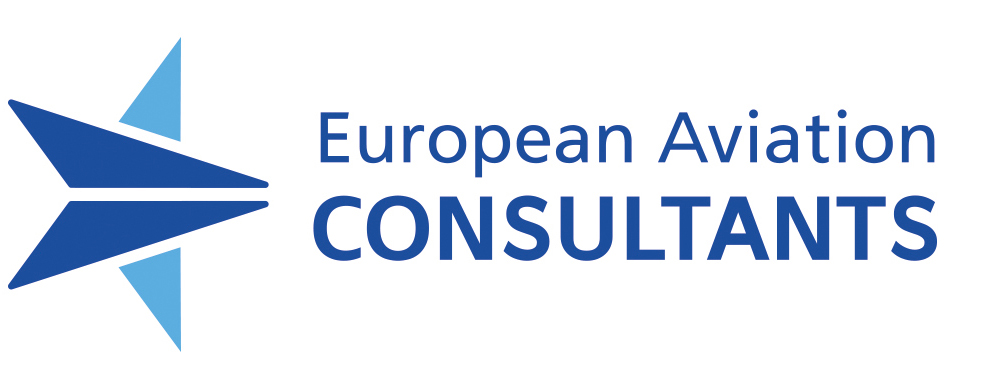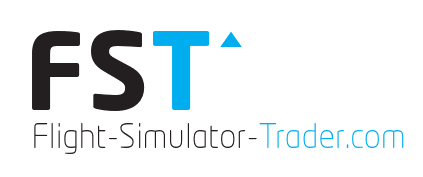Want to become an EASA approved organisation, e.g. AOC holder, ATO, FSTD-Operator or other…?
 Are you planning to become an EASA approved organisation? Do you need help and assistance in creating all necessary documents? Do you have lots of things to do and are tired of being the pen-pusher and shoving paperwork around? Then it might be time to contact us in order to save you a lot of time and headache. Aside from our services in flight simulation, we have specialised in offering assistance in documentation for aviation businesses world-wide. Mainly, we focus on ATOs and AOC holders, but also we assist Registered facilities and other aviation-related businesses. Before we had specialised in quality documentation and the approval of Flight Training Organisations, but with the Basic regulation (EC) 216/2008 and its further regulatory frame work, its has become vital for organisations to update their documentation to gain an EASA approval. So what documents do you need to have handy?
Are you planning to become an EASA approved organisation? Do you need help and assistance in creating all necessary documents? Do you have lots of things to do and are tired of being the pen-pusher and shoving paperwork around? Then it might be time to contact us in order to save you a lot of time and headache. Aside from our services in flight simulation, we have specialised in offering assistance in documentation for aviation businesses world-wide. Mainly, we focus on ATOs and AOC holders, but also we assist Registered facilities and other aviation-related businesses. Before we had specialised in quality documentation and the approval of Flight Training Organisations, but with the Basic regulation (EC) 216/2008 and its further regulatory frame work, its has become vital for organisations to update their documentation to gain an EASA approval. So what documents do you need to have handy?
For ATOs:
Commission Regulation (EC) 290/2012, an amendment of former commission regulation 1178/2011, together with its AMCs and guidance material, contains all administrative procedures necessary to apply for ATO. Apart from listing and re-checking all employee records, facility requirements, training equipment and many more items, you will need to introduce a Management System, which is a extended version of the former FTO/ TRTO quality system setup. Not only do you have to restructure all your former documentation, but also you have to add a Safety Management System and a Compliance Monitoring System to your existing Quality System, which is a combined SQMS and now forms a part of the management system setup. Your operations and training manuals will have to be readjusted according to PART-FCL.
For FSTD-Operators:
According to Commission Regulation (EC) 290/2012, also organisations to hold an FSTD certificate under EASA will have to readjust their administrative procedures and update their documentation. Her also, a Management System, with a Compliance Monitoring System for your FSTD is necessary. The process for initial and recurrent qualifications stays basically the same but here also you will need to introduce a Dossier for display to your inspectors during audit. Without proper docuements you will not receive a qualification on your FSTD.
For AOC holders:
The requirements are listed in PART ORO, its AMCs and GMs, Apart from listing and re-checking all employee records, facility requirements, equipment and many more items, you will need to introduce a Management System alike the ones you find for ATOs and FSTD-Operators. As AOC holders already have a Safety Management System in place, this needs to be updated and incorporated into the management system. However, those AOC holders providing training for their own purposes will also have to apply for ATO and therefore will also have to have two sets of documentation, one for OPS, one for FCL.
As this whole process is indeed a lot of work to be done and as we know that it takes ages to even write a simple quality manual, we would like to offer our services to you and support you in the EASA transition process.
Good luck for your EASA approval!






About the author